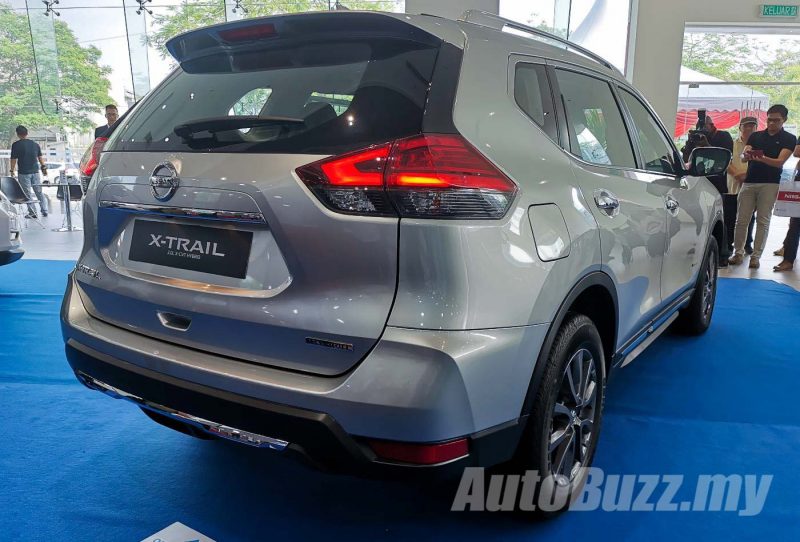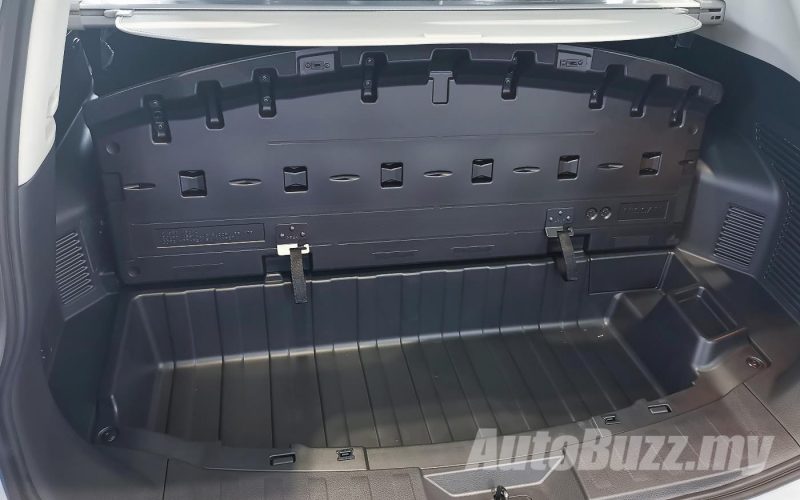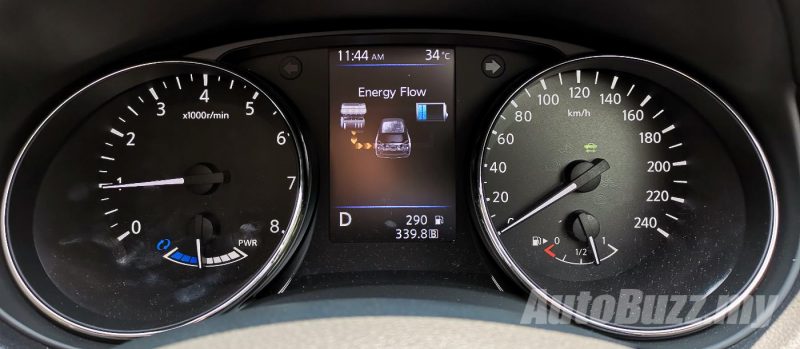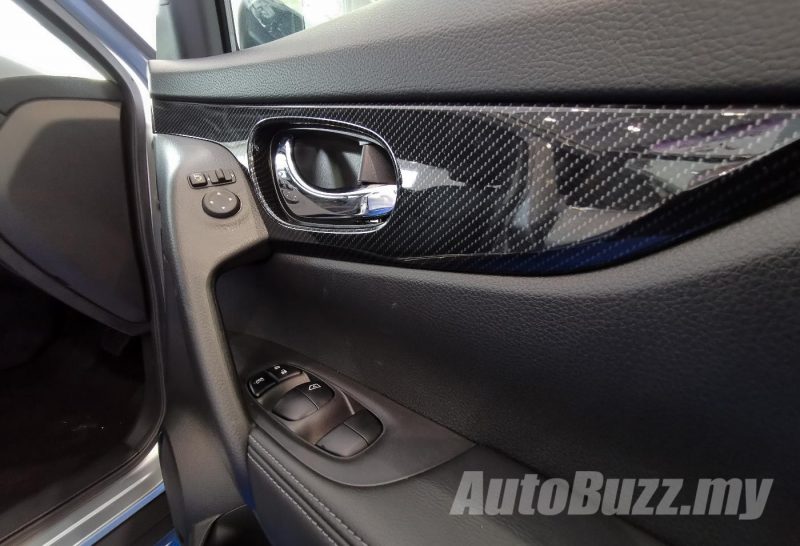This mid-life facelift of Nissan’s best-selling SUV has been a long time coming. While the X-Trail remains one of the most popular SUVs in its class, it has been outshone by competitors in features and technology since its launch in January 2015.

Well, it’s no longer the case with the introduction of the facelifted X-Trail, now equipped with a slew of active safety tech as part of the Nissan Intelligent Mobility initiative. Just to recap, the refreshed range now encompasses four variants with different three powertrains:
- 2.0-litre 2WD (Standard grade); estimated price of under RM139,900
- 2.0-litre 2WD (Mid grade); estimated price of under RM149,900
- 2.5-litre 4WD; estimated price of under RM159,900
- 2.0-litre Hybrid; estimated price of under RM169,900
Standard safety specs have been raised across the board and all variants get six airbags except the 2.0L base variant with four, along with electronic stability control and around view monitor as before, but now with the addition of moving object detection (adds a layer of preventive safety if you have toddlers at home).

Gone is the foot-operated manual parking brake, now replaced by an electronic park brake with Auto Hold function on all variants. Additionally, there’s a new Nissan 7-inch touchscreen infotainment system (made by Bosch) that comes with Android Auto and Apple CarPlay, for all four variants as well.
The 2.0-litre 2WD mid-grade onwards adds lane departure warning, blind spot warning, rear cross traffic and powered tailgate with foot detection, while both the 2.5-litre 4WD and Hybrid variants top up the list of active safety functions with active cruise control, forward collision warning and autonomous emergency braking.
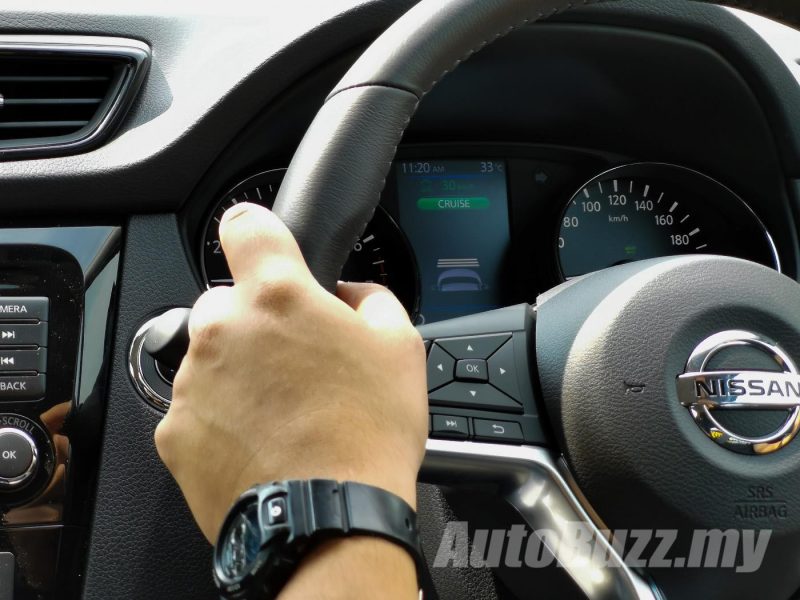
The most interesting variant is of course the 2.0-litre 2WD hybrid. This new drivetrain isn’t to be confused with the mild hybrid system found on the Serena S-Hybrid as it’s a full hybrid with 0.9 kWh worth of lithium-ion batteries powering a 41 hp and 160 Nm electric motor.
The X-Trail Hybrid is capable of electric drive (when state of charge allows, automatically regulated by the hybrid system) with regenerative braking. The dual-power source is channelled through to the CVT via a dual-clutch control system. So as not to catch pedestrians unawares, the X-Trail Hybrid emits a simulated rolling ‘noise’ when under pure electric power.

The combined output of the hybrid system is 179 hp, with torque unspecified, though the electric motor is capable of a very handy 160 Nm on its own, supporting the 144 hp and 200 Nm 2.0-litre four-cylinder MR20DD direct injection engine.
We had a brief go at the X-Trail Hybrid at its media preview and the low-end response is noticeably perkier than the non-hybrid pre-facelifted 2.0-litre 2WD, with much improved NVH (as part of the facelift updates), ride comfort and perceived interior quality. Do note that the Hybrid is a 5-seater while the rest remain as 7-seaters owing to the placement of the battery pack behind the second row.

We also managed to trial the active cruise control and forward collision warning system and it works well right off the bat in traffic, but more importantly, the suite of active safety tech is simple to activate via the rather sporty three-spoke steering wheel. Is Nissan back in the reckoning in this ultra-competitive segment? We’ll find out soon enough after its official launch next month.
Image gallery







